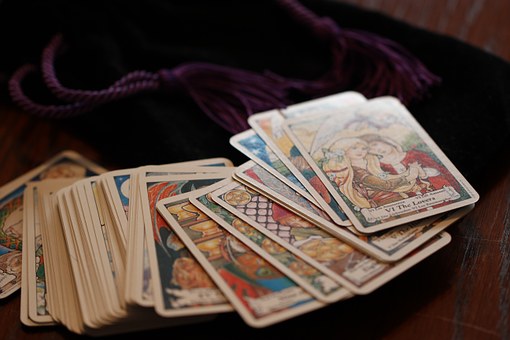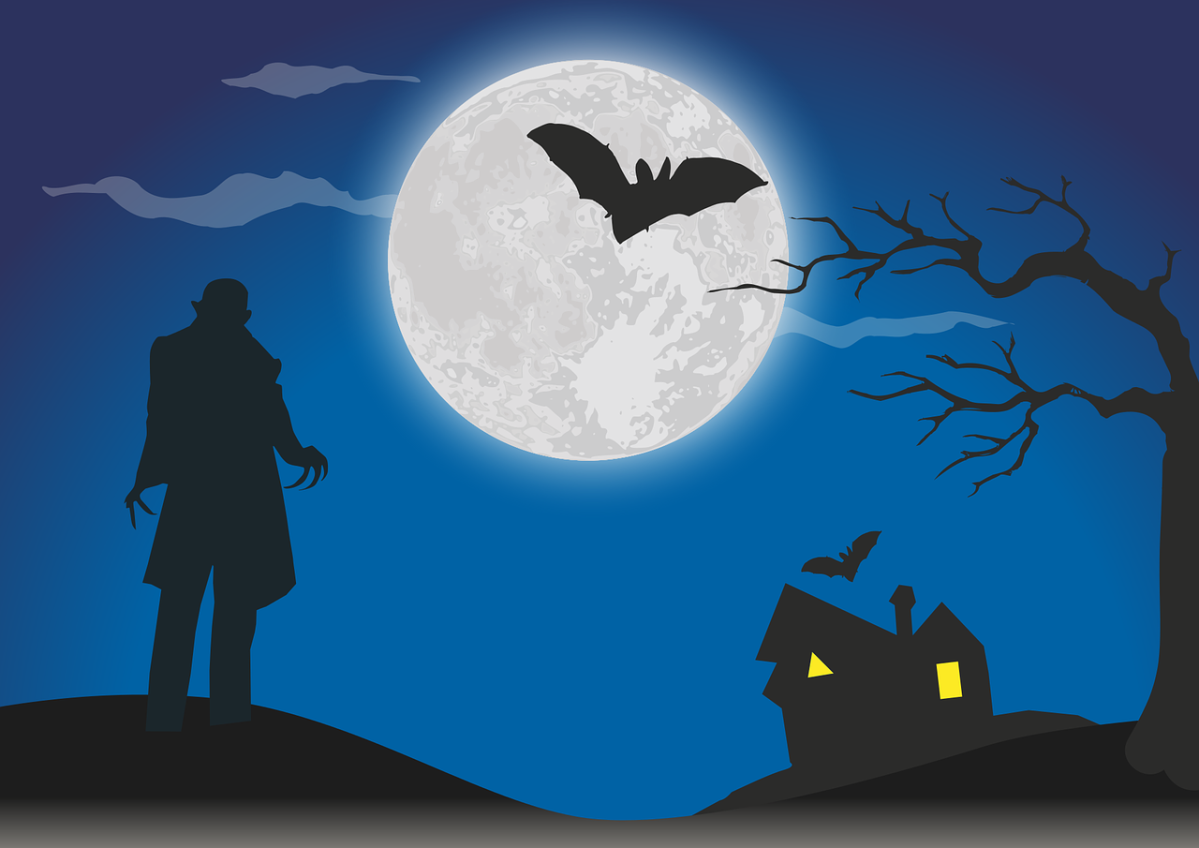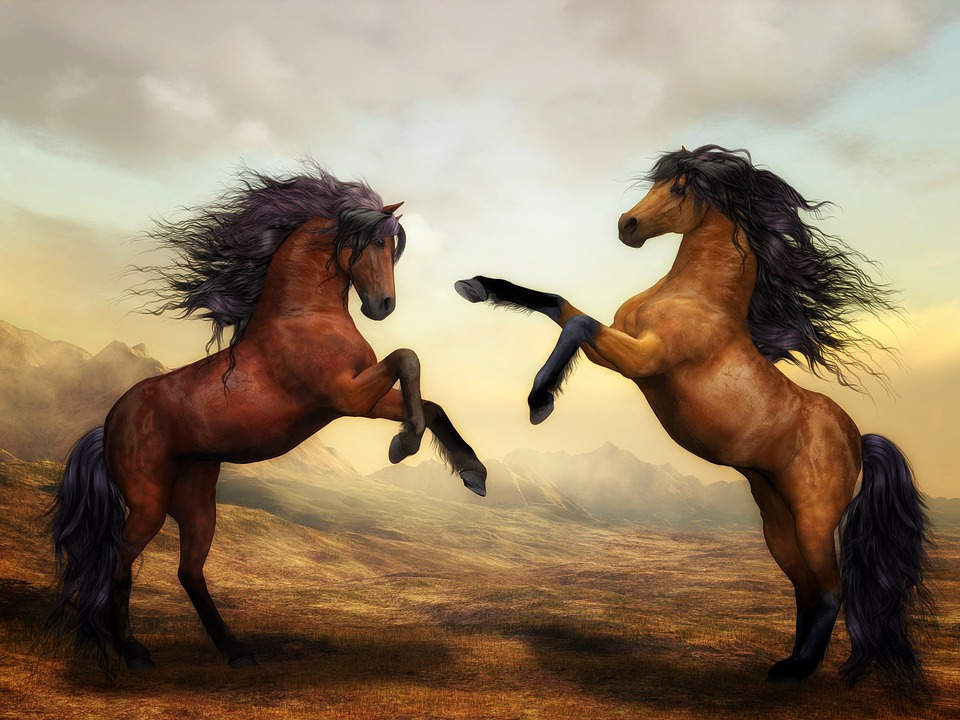Eupatorium perfoliatum
Names of plants often reveal much information about them. They can also be misleading. There is little difficulty with the scientific name of boneset, Eupatorium perfoliatum L. The genus name of this member of the daisy family (Asteraceae) derives from Mithridates Eupator, ancient king of Pontus, who first used a closely related plant for medicinal purposes. The species designation, perfoliatum, refers to the manner in which the erect hairy stem of the hardy perennial herb, which attains a height of about five feet and is crowned with heads of white tubular florets, appears to perforate the center of the pairs of oppositely joined leaves. Boneset, the common name, is more likely to lead one astray since the plant was classically employed in the treatment of fevers, not to mend broken bones.
Tag: names
Herbs and Names
Common names may change, but Latin, or botanical names almost always remain constant. Many gardeners balk at Latin names, finding them tongue-twisting and intimidating. And, in truth, they are often unnecessary. A vegetable gardener may grow fine carrots and tomatoes and never learn the Latin words.
Canda (violent)
Terrible goddess. Hindu (Epic and Puranic). A distinct form of DURGA and one of a group of nine NAVADURGAS (“nine durgas”). Canda, with Munda, was also one of the demons killed by a form of Durga known as CAMUNDA (contraction of the two demonic names). She is depicted with a large number of attributes. Also a form of MAHISASURAMARDINI.
Tarot – The Major Arcana
Lesson 16
The average Tarot deck consists of 78 cards, divided into two general sections. The other section, the Major Arcana, consists of 22 cards.
If you own a Tarot deck, why not get them out now? Then you can look at each card in turn as you read the descriptions.
The cards of the Major Arcana can be called by a variety of different names, depending on which deck you are using.
Continue reading “Tarot – The Major Arcana”
INTRODUCTION: Healing Level I
Congratulations on your decision to begin a study of energy field healing. Chios Level I is an introduction to this fascinating and important healing art.
You will begin by learning to work with the energy. Every living thing that exists is permeated by a universal energy that connects and nourishes all life. This energy has been called by many different names, such as prana and chi. An “invisible” energy field composed of this life energy surrounds each human being. It is this energy field around each person which integrally supports the life process in all its aspects—the material operations of the physical body, the functions of the emotions and mind, and even the spiritual life.
August Moon
M<
August Full Moon~Barley Moon
August 9, 2006, 6:54 am EST
This Moon is also known by the following names
Moon of the Green Corn, Sturgeon Moon, Dog Day Moon (Colonial American Name), Harvest Moon (Chinese), Fruit Moon (Cherokee), Women’s Moon (Choctaw), Moon When All Things Ripen (Dakota Sioux), Dispute Moon (Celtic), Corn Moon (English Medieval), Lightning Moon (Neo Pagan), The Barley Moon also signifies harvest, but Her message is much different than that of the Wort Moon: It heralds the reaping of grain fields. This is important to the Witch because grain holds the mysteries and cycles of life, death, and rebirth within its core. Each kernel is the product of the first grain ever grown. And yet this life renews itself every year to lend its energy and nourish our bodies. There is little else on Earth more ancient or powerful.
Alfrodull
by Alex Pacheco, Clarksville Middle School
Alfrodull is the sun in Norse mythology. “Glory of elfs” is the meaning of the name. Other names were also used. A chariot driven by a girl was thought to be the sun. Two horses pulled the chariot; their names were Arvak and Alsvid. Because she was being persued by the wolf, Skoll, she drove very fast. Before the world ends, she will have a daughter.
Mistress of Wild Animals
by Dr Alena Trckova-Flamee, Ph.D.
Mistress of the Wild Animals (Potnia theron) or Queen of the Wild Bees, appears under many names. Her Minoan name was Britomartis or Sweet Virgin and she was related to Diktynna. The name Potnia is known from the Linear script B tablets and was being used for the main Mycenaean female deity. For the iconographical type goddess surrounded by the animals, who was applied into Archaic Greek art, was used usually the name Potnia theron, but sometimes Artemis too.
Hippeia
by Dr Alena Trckova-Flamee, Ph.D.
The name Hippeia has its roots in the Mycenaean period. It appeared between the names of divine figures in a form “OTNIA IQEJA” in the Linear Script B in a Tablet from Pylos. The word Potnia denoted a majestic, powerful and sublime lady, while Iqeja connected with the Greek word “íppeía”, which means a ride, a horsemanship, a cavalry, specified the sphere of the deity’s influence. Between the Mycenaean terracotta figures we can find some goddess riding sidesaddle on her horse, unfortunately we have no prove that this figure represented Iqeja.







